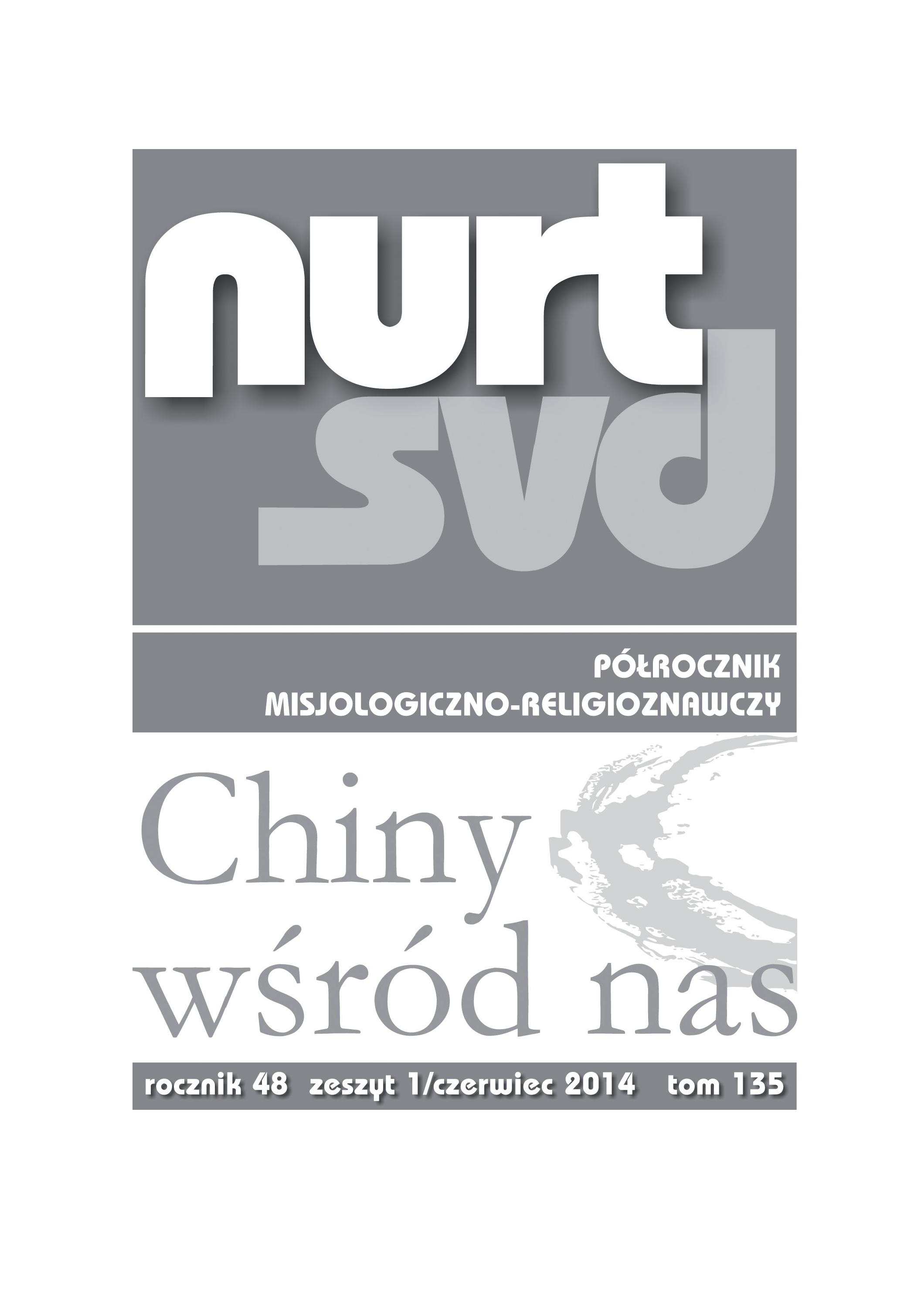Mandżursko-chińska wojna o włosy
Manchuria-Chinese War of Hair
Author(s): Kazimierz BanekSubject(s): History, Theology and Religion
Published by: Verbinum
Keywords: China; the Qing Dynasty; a “Manchurian plait”; the symbolism of hairstyles; fashion versus politics
Summary/Abstract: The present author describes the Manchuria-Chinese “conflict of hair.” According to the perennial tradition, the Chinese people wore their hair long: the curled ones were treated as a symbol of the Chinese civilisation; the loose ones signed the affiliation to the populace. Having taken the governments, the Manchurian Qing Dynasty (1644-1911) with the Emperor Shun-zhi issued a decree ordering the hair to be cut off as a sign of submission of the Chinese to the Manchu conquerors. Soon afterwards, a law was introduced that obliged men to wear plaits. The heads were shaved, however hair remained on the top of the head, from which the plait grew – a sign of fidelity to the emperor. The refusal of a Chinese man to wear the plait meant his head was cut off. The emperor’s decision met society’s substantial resistance. Numerous secret societies, religious in nature, emerged in the country, opposing to this decree, among them: the Association of Triads (Tiandihui – the Union of Heaven and Earth) associated with the Buddhist Shaolin si (Young Forest) monastery, the White Lotus Association (Bailianjiao), the Elder Brothers Association (Gelaohui) and the Heavenly Order Association (Tianlijiao). Because at the time of the conquest of China (1644), the Manchu population was estimated as 300,000, whereas the Chinese – as 300 million, the conquerors had to apply the strong-arm policy.The imposed on the Chinese in 1645 way of wearing their hair got adopted, though under pressure and with resistance – especially in the cities. Therefore, the 1911 outbreak of the bourgeois-democratic revolution (the so-called Xinhai Revolution) and the overthrow of the Qing Dynasty in 1912 – resulted in changes in this area, too. The new revolutionary government, willing to break with the Manchurian past, ordered the plait to be cut off. Thus, another campaign began and the hair issue again took on political significance and became a hotbed of conflict.In much more modern times (1950s and 1960s), the communist authorities recommended cutting the hair short. It was considered that the “military-style” haircut will be the most appropriate for the revolutionaries who build a new socialist order.
Journal: Nurt SVD
- Issue Year: 135/2014
- Issue No: 1
- Page Range: 227-242
- Page Count: 16
- Language: Polish

